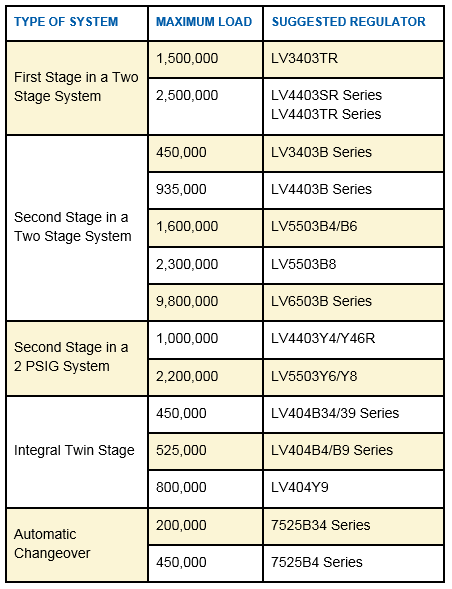plowhog
Elite Member
- Joined
- Dec 8, 2015
- Messages
- 4,045
- Location
- North. NV, North. CA
- Tractor
- Massey 1710 / 1758, Ventrac 4500Y / TD9
You are exactly correct. My earlier info on btu's was wrong, plus an extra-large unit was supplied (same price) because others are out of stock. I just checked and it is a whopping 355,000 btu's. 24kw generator.Are you sure about the btu for that generator??? ... Most modern larger units take between 225,000-325,000 btu.
This size generator is overkill, but is already delivered. Now, I need to check pipe size first, and determine if the existing 3/4" is adequate or if a new dedicated gas pipe is needed. Can anyone help with how to calculate that? Here are my specs:
Location from 300gal tank to generator- 60 ft. Existing 3/4" gas pipe from tank to generator location.
Generator location is outside. It is the first gas appliance.
T at the generator location-- going into house using 3/4" pipe. Call it 15 feet to the water heater.
Finally, if feasible, I'd like a future option to add a gas range in the residence. (Not part of this work.)

